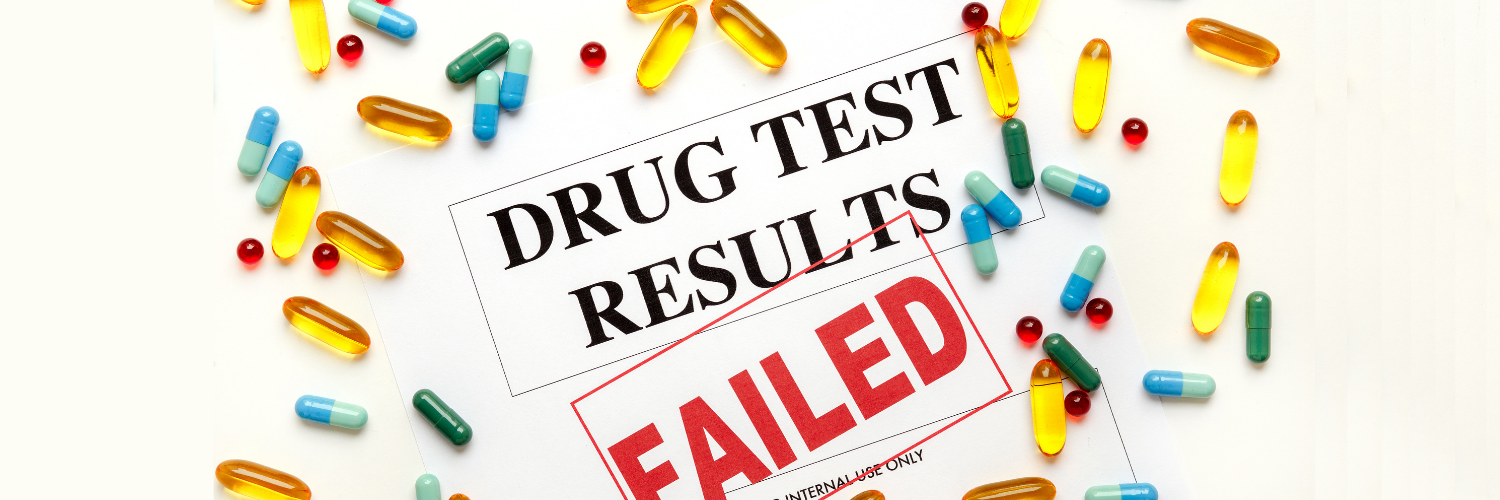How do I childproof my medicine cabinet?

If you live with children, or anyone besides yourself, really, you should be childproofing your medicine cabinet. According to the CDC, 200,000 children (individuals under the age of 17) visit the emergency room each year due to Adverse Drug Events (ADEs). Many of these ADEs are the result of improperly-stored medication. (Others are the result of prescription errors.) Medicine, especially prescription medication, must be exclusive to its owner. That means your kids - or whatever kiddos might be in your home - should not have access to your medication, whether it's prescription meds or just over-the-counter pain relief pills like ibuprofen or aspirin.
Step #1 - Check the The Cabinet Itself
There are a few misconceptions about childproofing. First, medication must not only be kept out of reach, it should also be out of sight. Not all children are short, and even if they are, most of them can climb. The CDC calls its medication safety campaign “Up and Away,” describing how medication should be stored.
Up: in a cabinet off the ground - and Away: out of sight.
Additionally, medication should always be put away. Do not leave pill bottles on a nightstand after administering your daily dose.
Step #2 - Child Resistant vs. Child Proof
Bottles for medicine, even OTC medication, are already “child-resistant,” which is distinct from “childproof.” The difference is that “child-resistant” packaging is meant to slow down the child in question, while “childproof” prevents the child from opening the package altogether. In 2018, the nonprofit Safe Kids Worldwide suggested that many children under the age of five can still open these bottles. (The nonprofit performed a test with several children ages three through five and discovered that many could open the bottles in mere seconds.) You cannot count on pill bottle packaging to protect your child. You should be taking additional measures to ensure your medication is stored in a childproof container.
Step #3 - Proper Storage
Be careful how you store your medicine. In this case, you must listen to your pharmacist: Some medications, including some antibiotics, eye drops, and anything injectable, must be stored in the refrigerator. If this is the case for your medication, you must find a way of storing your medication out of reach while also in the fridge. You may want to purchase a small icebox-style container for your refrigerated medications. (These are popular for people with diabetes, who must store their insulin in the fridge.)
Remember also that most medication, regardless of refrigeration, should be stored in a cool, dry place. This means, unfortunately, that your bathroom cabinet is not an ideal place for medication. Hot steam from the shower or bath could affect your medication. Better to store your medication in a high-up kitchen cabinet or in a lockbox in a dresser drawer.
Step #4 - Additional Storage
The best way to keep your medication from your children is to store it in a secure box. Do you keep your important documents in a lockbox or a well-organized filing cabinet? Treat your medicine the same way. Your medicine can become poisonous if used improperly. Keep it locked away. Below are comparisons of a few of the best-reviewed medication lock boxes on Amazon.
Comparing Medication Lock Boxes |
||||
| Product | Price per Unit | Average Rating/# of Reviews | Most Glowing Review | Disadvantages, According to Reviews |
| Helix Locking Prescription Drug Security Chest | $35.99 | 4.1 out of 5/597 ratings | “Small and perfect for up to maybe a dozen pill-bottles. Getting a locked box for medicines was a must once our two year-old got a little too interested in child-proof caps and climbing.” | Lock breaks after too much use; easy to pry open with bare hands |
| Vaultz Combination Lock Box | $24.99 | 4.1 out of 5/1,437 ratings | “I have to take all of my meds to my pain doctor's office once a month for those meds to get counted and tracked. I feel SO much safer transporting my meds in this lock box! Now I don't have to worry about anyone ‘helping themselves’ to any of my meds!” | Lock sticks often; cheaply made |
| BUYaSafe R8031 Medication Storage Lock & Key Box for Pills | $49.55 | 4.5 out of 5/70 ratings | “This case solved my needs perfectly. It's just the right size, has room to store pill splitter and needles as well as the medicines. and it locks securely without being awkward about it.” | Handle at the top of the box breaks easily |
| BOMBER CASE Smell Proof Stash Case | $26.99 | 4.4 out of 5/138 ratings | “Good amount of storage and organizing separators. Enough layering and soft material to keep everything safe inside. The lock mechanism is simple but it works (and can be set to whatever numbers you want). And I've found that the claim of being smell-proof is pretty accurate when you have everything shut tight.” | The zipper frequently breaks |
| Glosen Lockable First Aid Box Security Lock Medicine Storage Box | $34.99 | 4.5 out of 5/189 ratings | “Great, well made case. We use it to travel and keep our meds in it. Keeps it all together and we don't have to worry about kids getting to our meds, some of which are dangerous. The double locking mechanism is well made, but kind of a cheesy little key.” | The lock sticks; overall construction is poor |
| Medication Safety Bag Combination with Keyed Lock | $29.99 | 4.2 out of 5/54 ratings | “Love this! Makes me feel more secure to have our daily medicine locked up for safety from my 2 year old!” | The bag is flimsy and can be cut open |
| eoere Combination Lock Medicine Cabinet with Separate Compartments | $36.99 | 4.2 out of 5/290 ratings | “The manufacturing is a bit flimsy, but it definitely does the job. If someone really wants my pills, they’ll get them with a hammer, which will easily crack this thin plastic, but it will keep my kids and any stray service workers parading through my under renovation house. Lock is easy to set and combination seems secure. Big enough to hold 13 pill bottles with room for 13+ more.” | Construction is poor; can be broken open with a hammer |
What to Do if Your Child Does Ingest Medication
The CDC recommends posting the number to the poison control hotline at every available telephone in your home. If you do not have that many landlines, save the hotline as a priority contact in your mobile phone. The poison control hotline is 1-800-222-1222.
What medications in particular should I be worried about my child ingesting?
Antibiotics play a large role in adverse drug events, particularly in children. In fact, antibiotics cause over half of drug-related accidents involving children under the age of five. Why antibiotics? Because they are commonly prescribed and often result in allergic reactions, especially by people who don’t have a prescription to take them. Commonly prescribed antibiotics include amoxicillin, cephalexin, and ciprofloxacin.
The other, more obvious drugs to keep away from kids are controlled substances like opioids or benzodiazepines. Such drugs can kill a child. If you are a person with opioid painkillers in your house and you have kids, treat your medication like it is a firearm: Keep it safely locked away.
Learn more about drug safety, prices & more
How can I protect myself from the Coronavirus?
How can I determine where a drug is manufactured?
Can a pharmacy fill a prescription early?
Do you have questions or concerns about safely accessing medication, whether locally or online? We’re here to help.
Comment below or ask a question by logging in to My PharmacyChecker.




